Minnesota has a continental climate with cold, frigid winters and hot, humid summers. Like much of the Upper Midwest United States, it has some of the widest variety of weather conditions. It has clearly defined four seasons, each with its own characteristics. These seasons bring challenges to plant life in the area, but natives have had to adapt over the years in order to survive.
We have compiled a Minnesota native plants list to get you started but know that there are over 1,700 plant species to explore in the state. Minnesota has very cold winters, dropping as much as -60 degrees with wind and snow. Spring is a big traditional time for the state and summers are warm and wet. Native plants have had to adapt to survive in these conditions. Thankfully, there is a great variety of flora in the state that can withstand these climate conditions.
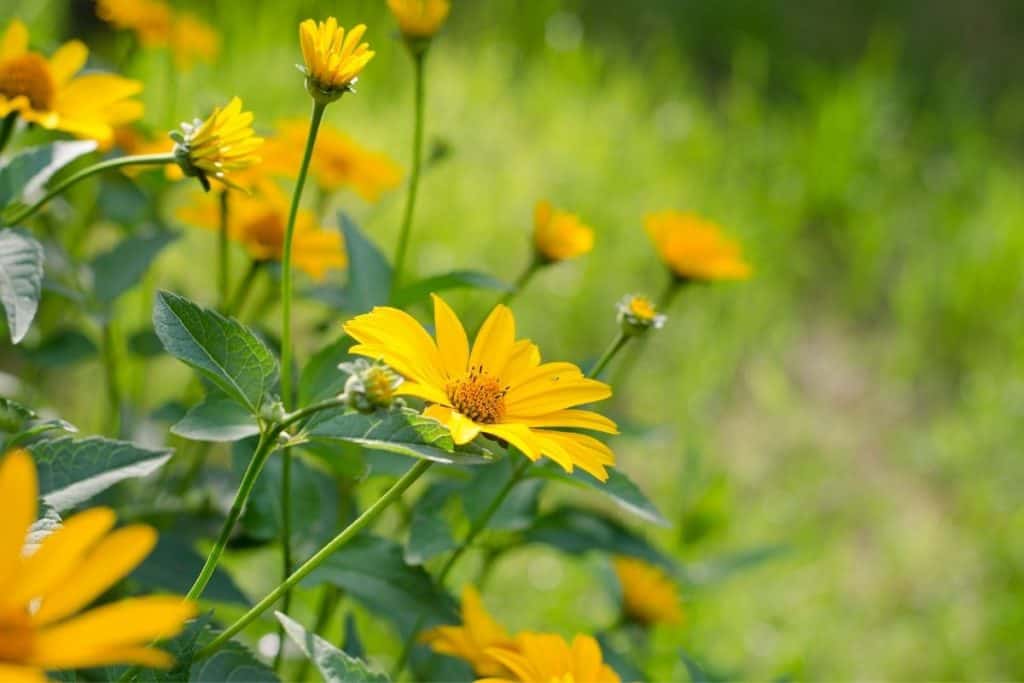
Minnesota Native Plants List
Here are some great native plants you can find in Minnesota. Keep in mind that all of them may not be good for all areas of the state. When in doubt, do some research into your specific area. You can talk to local nurseries, the Minnesota Native Plant Society, and other qualified resources close to you.
1. Purple coneflower (Echinacea purpurea)
There are a few different species of purple coneflower in Minnesota. We are referring here to Eastern purple coneflower. Similar are narrow-leaved purple coneflower and pale purple coneflower. The flowers are single on the end of a stout stem and have 15-20 pink to purple-colored petals. The center has a large orangish disk with tiny disc flowers that will house yellow pollen.
This perennial blooms from July to October, giving local pollinators lots of time to enjoy, and many weeks for you to appreciate their beauty as well. They can get from 2-4 feet in height and make quite the bold look in the garden.
2. Wild petunia (Ruellia humulis)
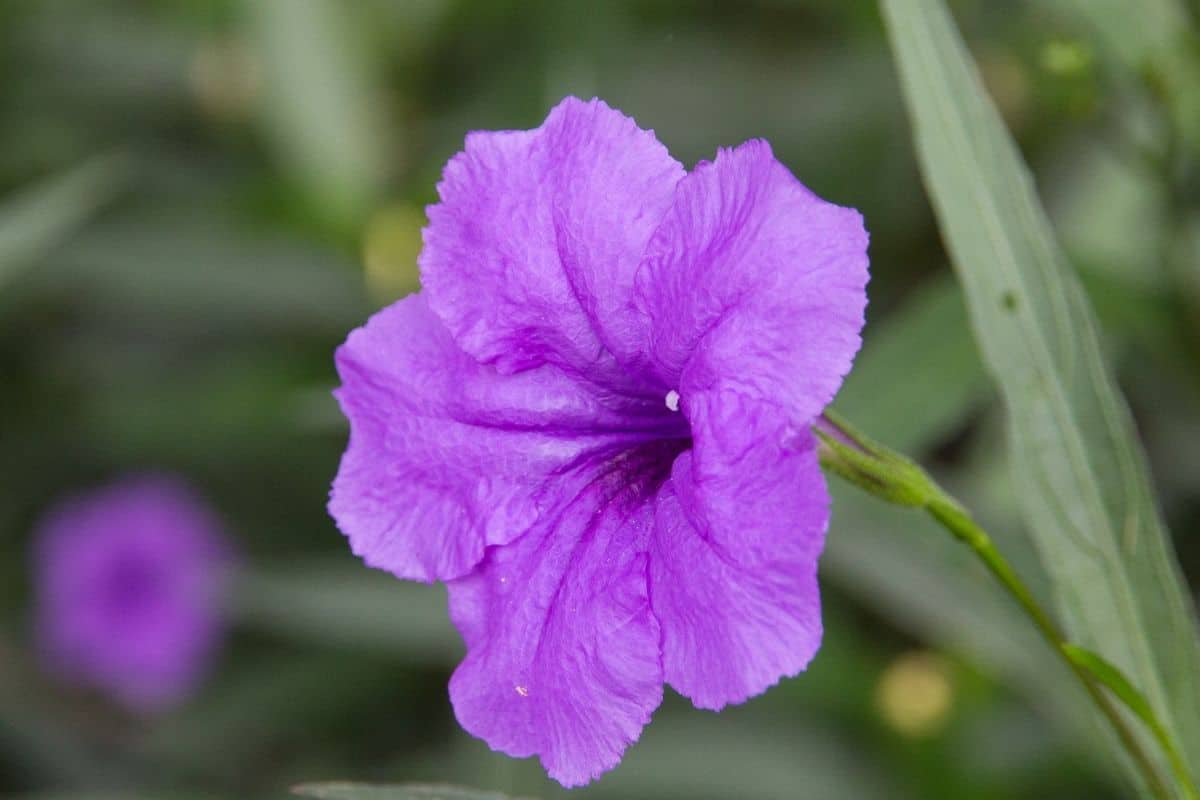
Wild petunias are a beautiful blue/violet color, they bloom from June to August, grow from about 8 to 24 inches tall, and are easily distinguishable by appearance. The flowers are funnel-shaped and about an inch across and 1 ½ to 2 ½ inches long. They are typically lavender or purple but can be pale blue or pink-colored as well.
Naturally, they are found in dry sandy or rocky soil with full sun, open woods, prairies, and rocky slopes.
3. Purple milkweed (Asclepias purpurascens)
Purple milkweed is a perennial native with purple flowers about ½ inch across and ½ inch long. It has five petals that angle down, but with the tips pointing up. It blooms from June to July, likes part shade to full sun, and is found naturally in fields, thickets, open woods, or even long shorelines.
Purple milkweed is similar in appearance to common milkweed but it’s smaller and the flowers are usually more consistent in their purple coloration. Milkweed will attract a lot of birds and insects to your garden.
4. Prairie onion (allium stellatum)
Prairie onion is a pink flowering perennial that blooms from July to August. It grows about 8-18 inches tall and likes full sun in dry fields and prairies. It can also be found in rocky areas in nature. It is also known as autumn onion, pink wild onion, and prairie wild onion.
Fairly easy to care for, the flowers of this plant grow in 1 ½ to 2-inch round clusters of ¼ inch flowers. They are usually a pale pink to a deep pinkish purple in color. They have long, yellow-tipped stamens that make them easy to recognize from similar wildflowers.
Also native to Minnesota are the similar flowers nodding wild onion, wild chives, and wild garlic. All of these native onion plants are good for attracting bees and butterflies. They also have a scent that can help repel deer, rodents, and other garden pests.
5. Tall thistle (Cirsium altissimum)
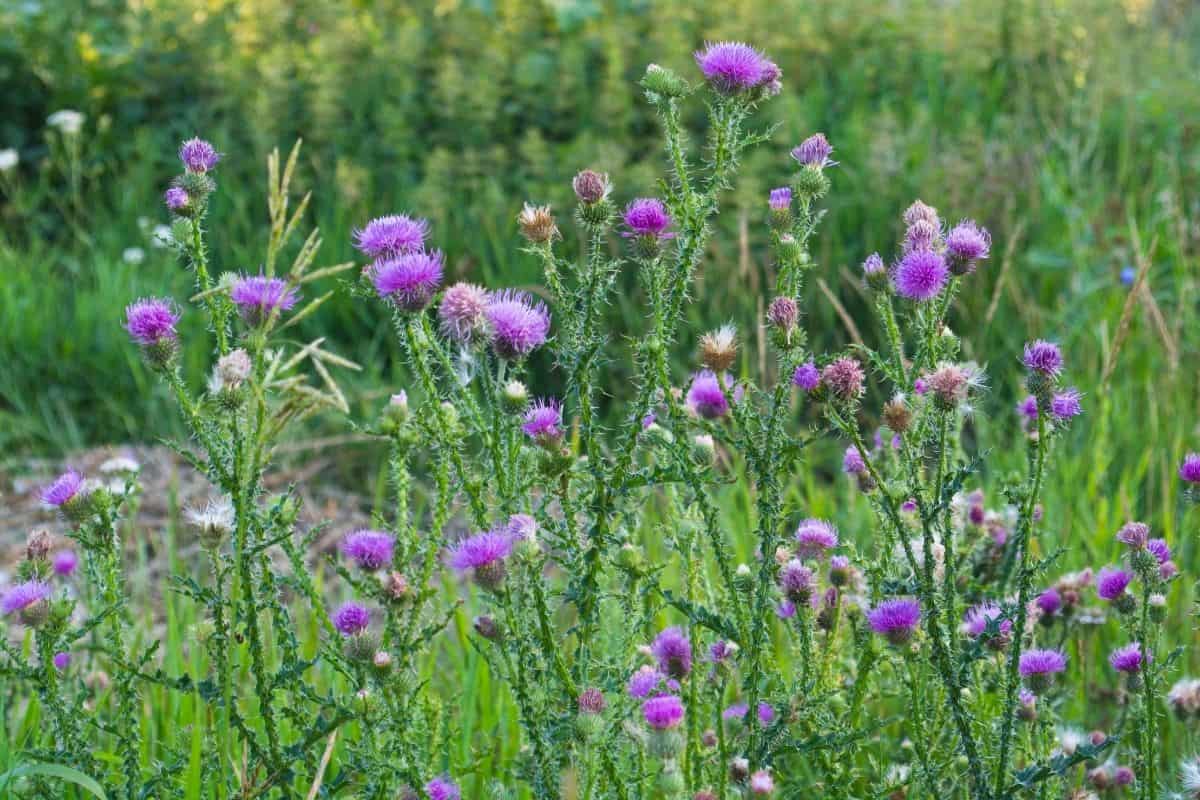
Tall thistle is a short-lived perennial that likes shade or sun and naturally grows in woods, thickets, waste areas, fields, and even roadsides. It can get from 3-10 feet tall, and the flower heads appear few to many at the tips of the branching stems.
The pink to purple flowers are 1-2 inches wide. The leaves are up to 18 inches long and about 8 inches wide and the basal and lower leaves can be deeply lobed. The underside of the leaves is velvety with tiny fine hairs. While it says it can get up to 10 feet high, a tall thistle usually doesn’t go over 6 feet high in Minnesota.
6. Rough blazing star (Liatris aspera)
The flowers on a rough blazing star appear in a spike-like cluster of 6-18 inches long that form a bit of a star pattern. The pink to purple blooms appear from July to September and the total height of this perennial can reach 1-4 feet tall.
The rough blazing star is sometimes also called tall blazing star or gayfeather. This flower likes part shade to full sun and is found naturally in dry prairies, along roads, and in open woods.
7. Louisiana lettuce (Lactuca ludoviciana)
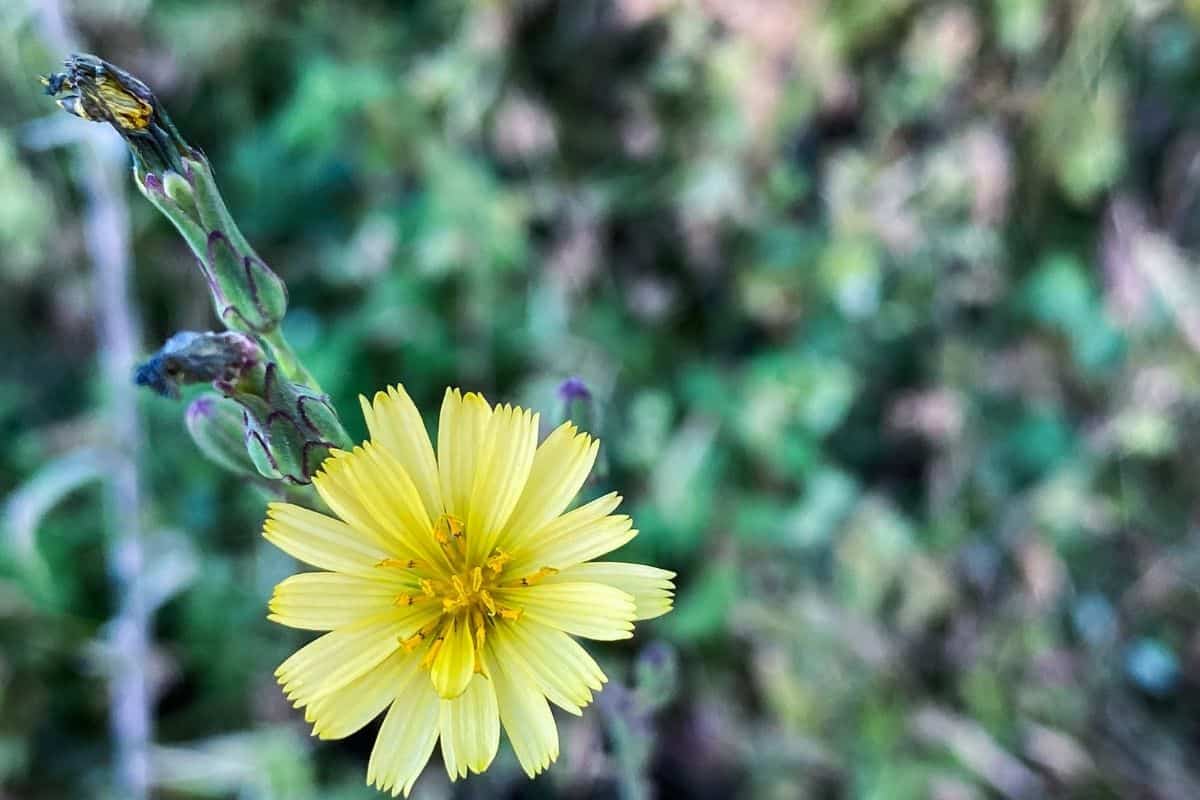
Louisiana lettuce is also known as prairie lettuce or western wild lettuce. This short-lived perennial is found in plains, prairies, meadows, and woodland openings. It can grow to 1-5 feet tall and blooms from June to September.
It has a unique look to it because it grows in open, branching clusters of stalked flowers at the very top of the plant. They are usually pink, purple, or lavender to blue, but occasionally can also be yellow.
8. Viper’s bugloss (Echium vulgare)
Viper’s bugloss is a weedy biennial growing from 1-3 feet in height, and sometimes taller. The elongating clusters at the tip of the stem form blue to purple-colored flowers, or sometimes pink or white.
The flowers bloom from June to September and are usually ½ to ¾ inch long and are funnel or bell-shaped and grow in clusters at the top of the stem. Honeybees feed on it and other pollinators might also appreciate it.
These plants do have alkaloids that are toxic to horses and livestock. Viper’s bugloss has a very unique look that won’t get mistaken for other wildflowers.
9. Maiden pink (Dianthus deltoides)
Maiden pink is a weedy perennial that blooms beautiful, showy pink flowers that are typically solitary but may sometimes bloom in clusters of 2 to 4 at the top of the stems. They appear in June to August and the plant grows from 4-16 inches tall.
Maiden pinks like part shade to full sun and disturbed soil. In nature, they may be found on trail edges, abandoned fields, open clearings, and even by roadsides. In your garden, this flower is sure to catch your eye and it will also attract butterflies and bees.
10. Ohio spiderwort (Tradescantia ohiensis)
Ohio spiderwort is another option that will look very nice in your garden or landscape. This native perennial is also known as bluejacket.
This plant likes part shade to full sun and blooms from June to August. It can grow as tall as 18-40 inches in height. The leaves are long and resemble grass. They are mostly flat, except for a grooved vein in the middle.
The flowers are what really help this plant stand out. The deep blue flowers are about 1 ½ inches across with three egg-shaped petals. The deep blue stamens in the center have long plume-like hairs and yellow tips. While it is similar in appearance to some other Minnesota spiderworts, there are noticeable differences. For one, this is the tallest of them and it also doesn’t have any hairs like the others.
11. Trailing pea (Strophostyles leiosperma)
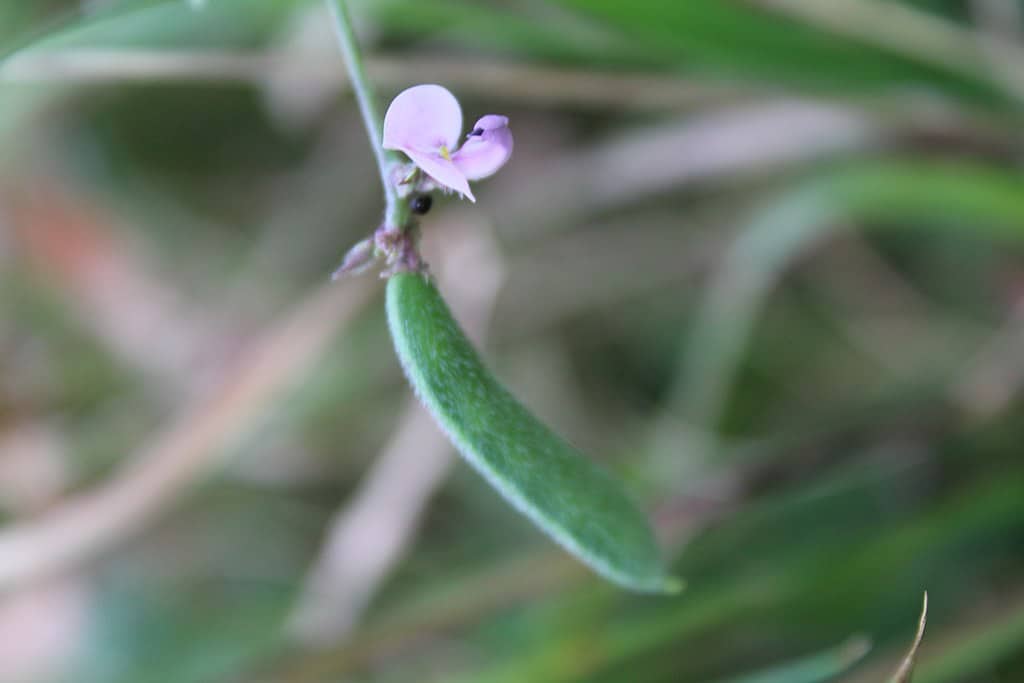
Trailing pea is also known by the names slick-seed fuzzy bean, small fuzzy bean, and smooth-seed wild bean. This native vining plant can grow from 12-30 inches on average. Clusters of two to six pea-shaped flowers grow on a slender, hairy stalk.
Trailing pea is closely related to wild bean (Strophostyles helvola). It blooms from August to September, and it likes dry or moist sandy soil.
12. Hoary puccoon (Lithospermum canescens)
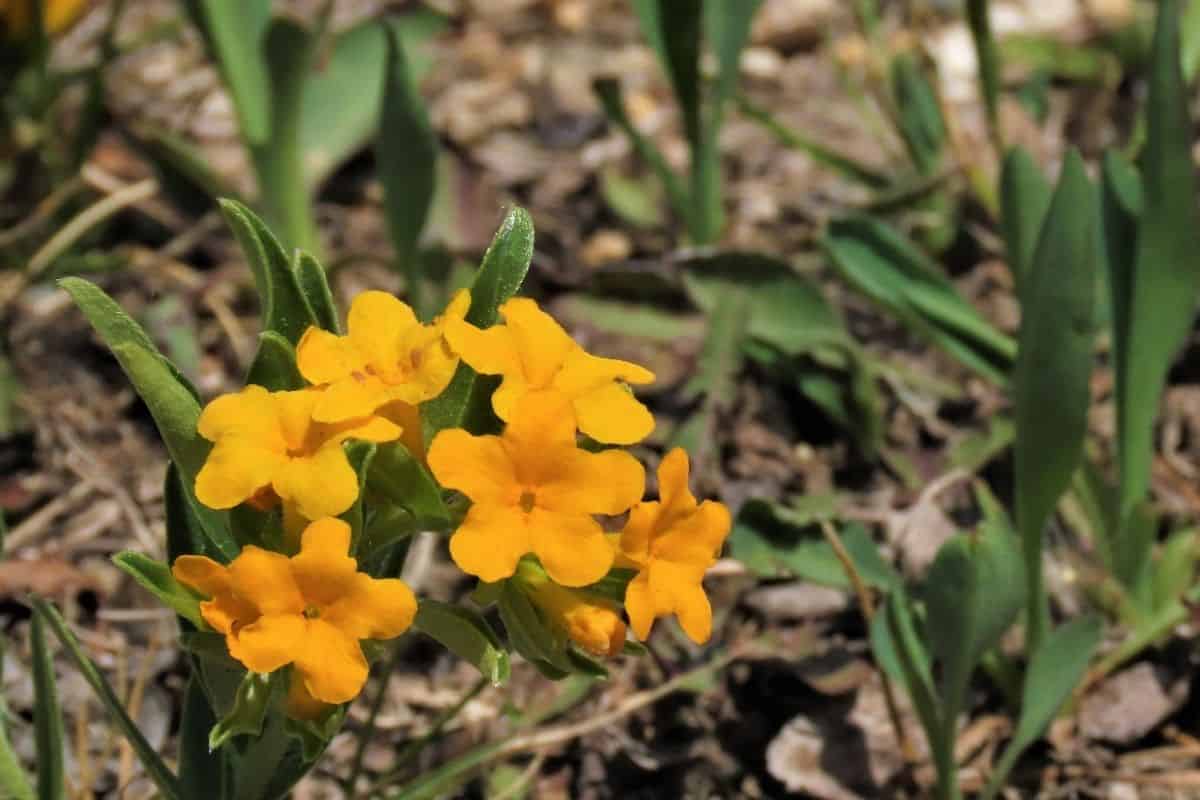
This flower has something a bit different and unique to offer. The single, short-stalked flowers are a striking orange-yellow color and grow 6-18 inches tall. The tubular petal-like lobes flare out around a small center. The leaves are up to 2 ½ inches long.
Bees, butterflies, and other insects will flock to this when it is in bloom. In the wild, it blooms in prairies, savannas, woodlands, and glades.
For more native plants or to search for natives by specific categories, check out Minnesota Wildflowers. Next, let’s take a look at some commonly asked questions about native plants in this state.
Minnesota native plants list FAQ
Here are some frequently asked questions about native plant life in the state of Minnesota.
What are the best native plants for shade?
If you’re looking for native plants that provide shade, you may want to consider native trees or shrubs. There are trees of varying sizes that can meet your needs and shrubs from small, medium, and large. It also depends on what you want to shade. If you’re looking to provide shade for people to enjoy, you will need taller plants. If you’re looking for groundcover, or shade for other plants that require part sun conditions, then shrubs or smaller trees can work.
What are the best native plants for pollinators?
The flowers on our list above are great for pollinators, as are just about any wildflower that is native to the state. Blooms from native plants offer higher quality pollen and more beneficial nectar than hybrid plants. In addition to wildflowers, there are many berry bushes that attract pollinators and also some flowering trees.
What are the best native plants for birds?
Some great native plants for birds include honeysuckle vines, milkweeds, sage, and penstemons. Woodpeckers like hickories, oaks, cherries, and pine trees. Chickadees and titmice like birches and sumacs. If you’d like to learn in more detail about great plants for birds in Minnesota, check out the Audubon Minnesota website and resources.
What is the best place to buy native plants in Minnesota?
A local nursery that specializes in native varieties is also a good place to check for native plants in Minnesota. The Minnesota Department of Natural Resources also has a list of native plant suppliers, seed sources, landscapers, and even restoration consultants. If you’d like to turn your property into a safe haven for native plants and flora, this is a great resource to get you started.
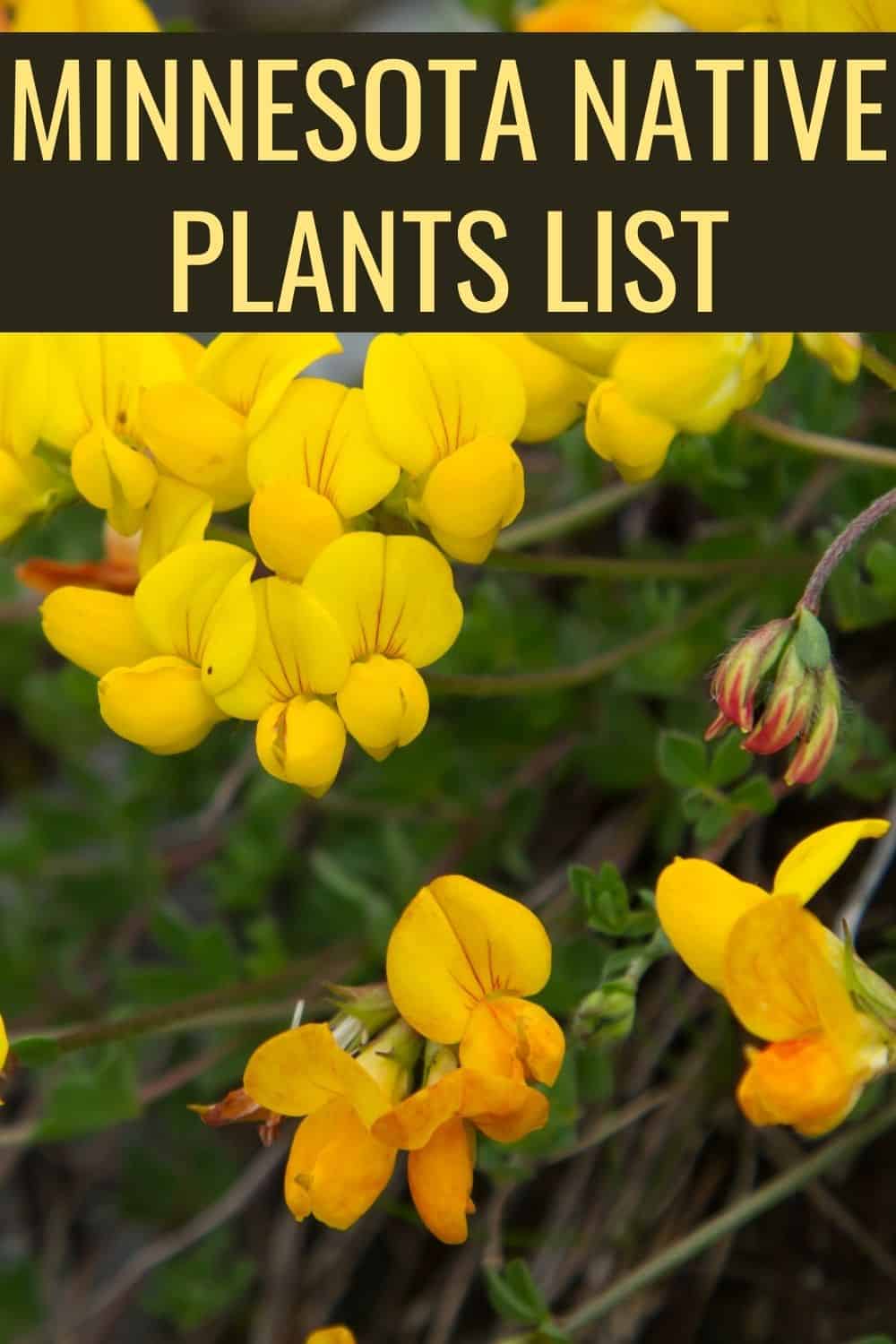

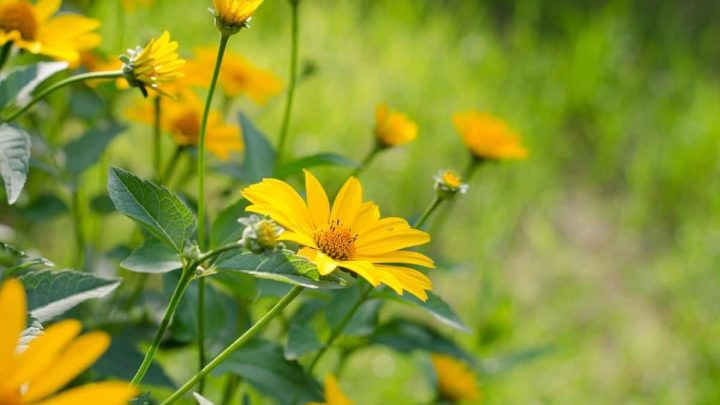









8 Most Common Invasive Plants In Minnesota (And 16 Beautiful Native Alternatives)
Tuesday 6th of June 2023
[…] and take the appropriate steps to remove them. Then, you can have fun choosing among the many beautiful MN native plants to grow instead. To help you get started, we’ve included suggestions for native alternatives […]
Amanda
Saturday 7th of May 2022
Hi there, maiden pinks and viper's bugloss are considered up and coming invasive species in MN. I wouldn't recommend planting those.
Elle
Tuesday 9th of May 2023
@Amanda, thank you for saying something. I always double-check and I'm glad I did. Surprised the author didn't notice they're invasive.
Joe
Monday 3rd of April 2023
@Elsie, because they are not native to Minnesota (Maiden pink is from Europe and Viper's Bugloss is from Central Asia), but are capable of reproducing and spreading on their own (without human assistance) here. As a consequence, there is a risk that they can multiply out of control and harm native species.
Maiden pinks aren't known to have any environmental effects, but that doesn't guarantee that they're harmless.
The bigger issue is Viper's Bugloss. Viper's Bugloss is highly toxic to deer, so they will avoid grazing in areas which have it. As a result, other plants which deer eat can grow out of check in areas Viper's Bugloss have invaded.
Elsie
Tuesday 28th of March 2023
@Amanda, Hey! Why are they considered that?